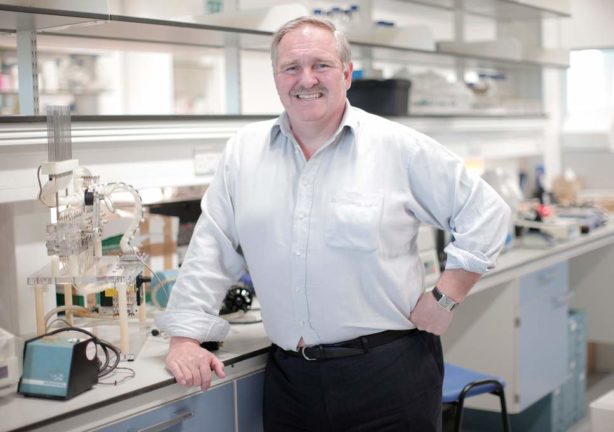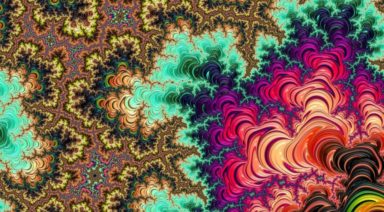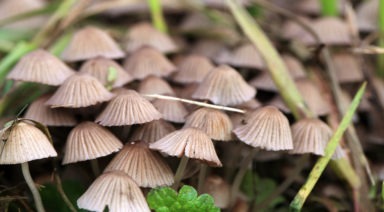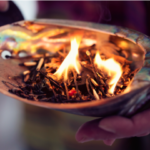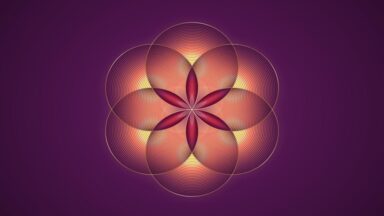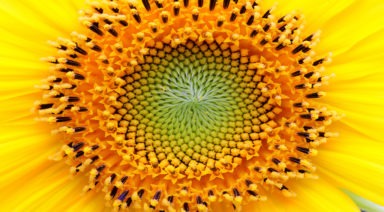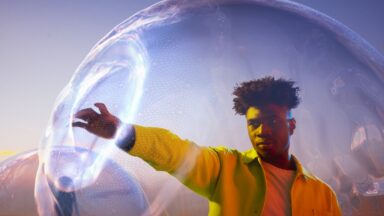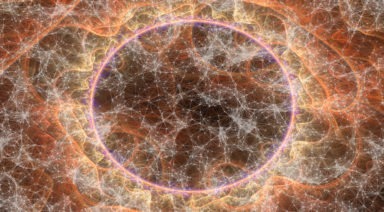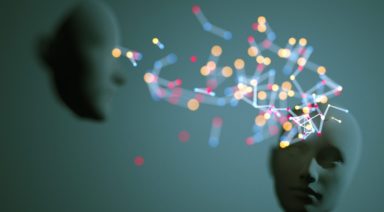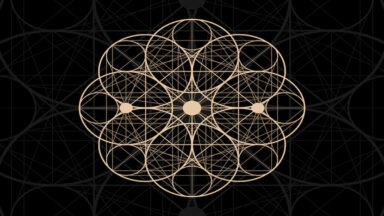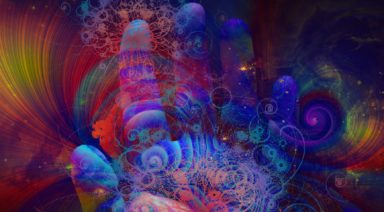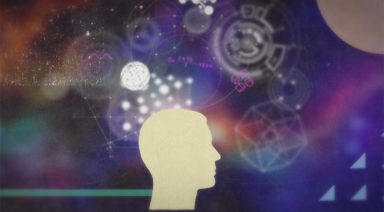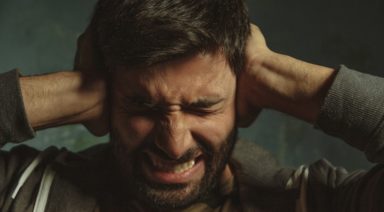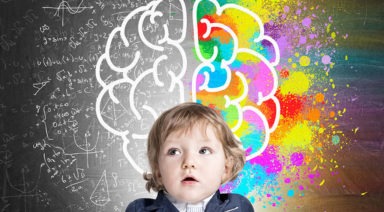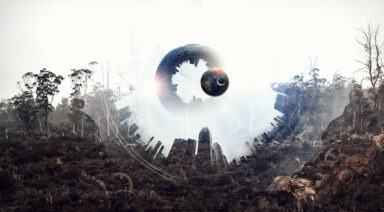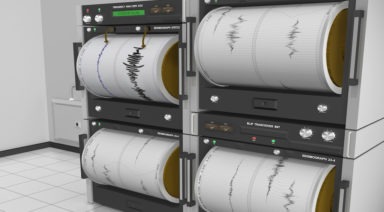Psychedelics Pioneer Creates Alcohol Substitute With No Toxicity
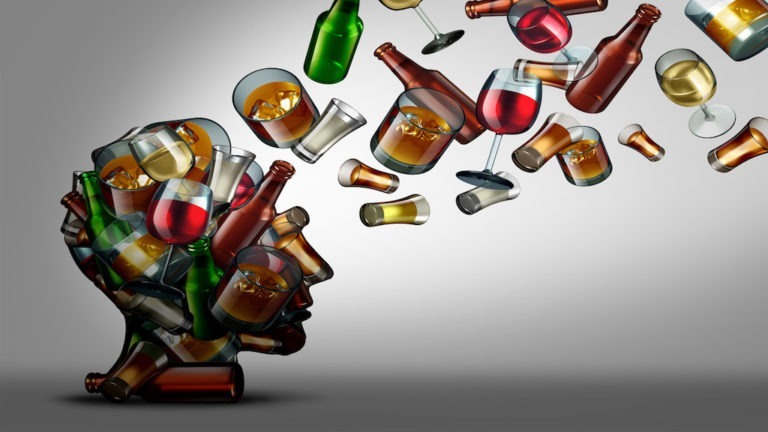
In 2009, David Nutt was dismissed from his role as England’s chief drug adviser when he claimed LSD and MDMA were less dangerous than alcohol. Though it’s surely a nuanced argument, Nutt was referring to the relative toxicity between the substances – a fact overshadowed by the cultural stigma surrounding them. And now he’s trying to take that conviction to market with an alcohol substitute called Alcarelle, which gives users the buzz without the horribly toxic side effects.
“The industry knows alcohol is a toxic substance,” said Nutt in an interview with the Guardian. “If it were discovered today, it would be illegal as a foodstuff. The safe limit of alcohol, if you apply food standards criteria, would be one glass of wine a year.”
This hasn’t slowed the consumption of alcohol as the trillion-dollar global industry continues to flourish. Meanwhile, alcohol is attributed to nearly 6 percent of all deaths globally every year – that’s about 3.3 million people killed from alcohol-related issues.
While Nutt’s career is marked by his many breakthroughs studying the psychologically therapeutic effects of psychedelics – and earning him the lengthy title of neuropsychopharmacologist – he’s had his idea for an alcohol alternative on the back burner for decades.
Ever since he began studying alcohol antidotes that reversed the drug’s inebriating effects, Nutt realized that GABA receptors in the brain could be targeted to produce intoxication, while avoiding the elements that damage the liver and other vital organs. And now he believes the market is primed for a release of his product as the extent of alcohol’s adverse effects have become more widely understood.
He also believes the Silicon Valley doctrine of creating “disruptive” technologies has set the stage for his product to infiltrate the behemoth that is the alcohol industry.
In fact, he says he believes the industry will be receptive to his product as major liquor, wine, and beer brands are already investing in alternatives such as cannabis, at the behest of their customers; notably the newer generations that have access to more data and are more health conscientious.
But instead of trying to convince alcohol producers to revamp their entire process, Nutt says Alcarelle could simply be added to existing product, while the alcohol content is synthesized out or the product not distilled at all.
Nutt has identified the serotonin, dopamine and GABA receptors in the brain that alcohol works across and says he can individually target disparate receptors to achieve desired effects.
Not only could Alcarelle vary in the level of intoxication it induces, but it can also deliver a “capped” drunkenness where, after a certain point, you won’t get any drunker no matter how much you imbibe.
Nutt is currently working on acquiring $26 million in funding to have it properly tested and approved by the appropriate government regulatory agencies, before taking it to market. He already has one investor who provided the seed funding to get the product off the ground.
For now, only a handful of people, mostly he and his colleagues, have had the pleasure of trying his drug, and all are in concurrence that it’s as effective, if not more pleasant than alcohol. If it truly evades liver damage and a hangover, he may have an incredibly desirable compound on his hands. And coming from a man who owns a bar of his own and intends to one day sell Alcarelle at his establishment, it all sounds pretty promising.
For more on research conducted in Nutt’s field check out Gaia’s original series Psychedelica:
Is Psychedelic Tourism Destroying the Sanctity of Plant Medicine?
As psychedelic healing and plant medicine go more mainstream, luxury psychedelic tourism is on the rise—good news for the spread of this medicine, but how might over-commercialism affect this sacred practice?
A recent Bloomberg article highlights the rise in all-inclusive psychedelic retreats. Indigenous plant medicine has been around for centuries, and its health benefits have been scientifically demonstrated, but as it gains mainstream acceptance and finds a bigger audience, some only see dollar signs.
Bloomberg reports, “according to Data Bridge Market Research the psychedelic market is expected to grow from $3.8 billion in 2020 to $10.7 billion by 2027.”
With the potential to make a lot of money, could some unscrupulous companies capitalize on this trend and remove the sanctity of this practice?
Carlos Tanner is the director of The Ayahuasca Foundation in Peru, he founded the center in 2009 as the result of his own healing journey. “When I started our retreat center, The Ayahuasca Foundation, I was coming off of a seven-year study myself; a four-year apprenticeship where I lived with a curandero and several years after that of studying with other teachers,” Tanner said.
“For most people that were starting centers at that time—which wasn’t many—you were a student first, and eventually after years of study, you came to the point where you wanted to offer this to people from outside of the culture. Now we see people who don’t have very much experience at all, but yet they’re opening a healing center.”
As this budding industry is dealing with rapid growth, there are some complicated issues regarding its increased popularity.
“When it comes to the commercialization of substances that have an ancestral background I would say that it is a delicate situation, and I hope that there would be a benefit to those indigenous populations from which those traditions were orignated. But at the same time, I know many indigenous people and they are for the spreading of what they believe to be their culture, which oftentimes was something that was looked upon negatively or was degraded as if they were second-class citizens, quite literally,” Tanner said.
“But now having people from the Western world, from the modern world, want to learn or experience elements of their culture, I think gives them a sense of pride. So it’s a complex question, to say the least.”

